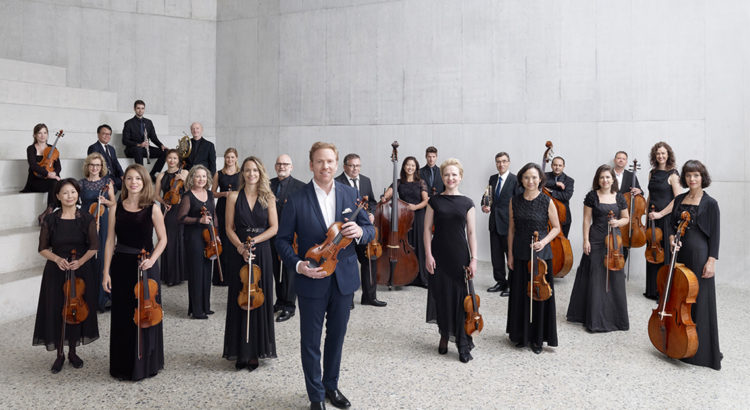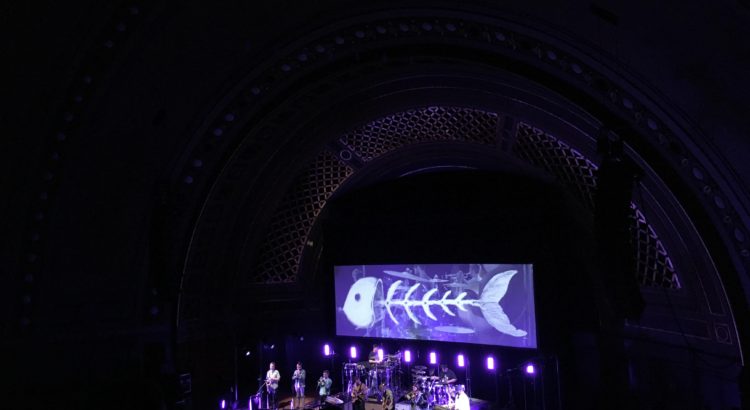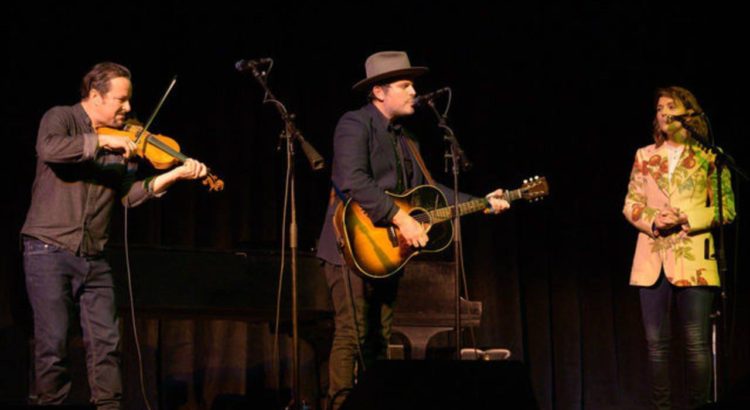Musically directed by the award-winning British violinist Daniel Hope, the Zurich Symphony Orchestra brought the Hill Auditorium to life in a stunning performance of Antonio Vivaldi’s The Four Seasons, and the UMS premiere of Max Richter’s Recomposed: Vivaldi – The Four Seasons.
Without a conductor, I was stunned to see the synchronization of this ensemble as the passages of the music would swell and subside. I observed the seamless communication of the ensemble members and the dynamics that flew to the auditorium ceiling and rolled like a broken wave to the very farthest row of the top balcony, captivating us with every note.
Upon the opening of Vivaldi: Recomposed, Daniel Hope encouraged the audience to enter in, saying “Mr. Richter’s reworking meant listening again to what is constantly new in a piece we think we are hearing when, really, we just blank it out.” From stage he shared the hopes that Richter had shared with him back in 2012: since Vivaldi’s music can be so oversaturated, he dreadfully wanted to reclaim its majesty through a new and awe-inspiring frame.
With a dreamy splash of lighting on the stage, Richter’s creative imagining of Vivaldi’s work cascaded into the audience. I caught myself almost laughing for joy in a state of sheer wonder-struck incredulity. This music lifts one up from themselves and draws them into something deep and grand. While Vivaldi’s Four Seasons was played with only one pause for applause, Richter’s Vivaldi: Composed was swept through without one. In the moments of break in between movements, you could hear thick anticipation hanging in the air.
The evening concluded with multiple standing ovations, so many, in fact, that Daniel Hope led the orchestra through three encore pieces that delighted the audience. We were given the ending of a movement from Vivaldi’s Concerto in A Minor, George Gershwin’s I’ve Got Rhythm, and a warming piece from Kurt Weill’s Knickerbocker Holiday. Each time an encore piece was finished, Hope would walk off stage, only to return with a shrug and a smile. Finally, amidst the grand applause, Daniel Hope played a charming solo rendition of Brahm’s Lullaby, delicately nudging the audience to take a hint and go home. This was a heart-warming moment, however, as each audience member began to gently hum the tune back, filling the auditorium with a wholesome glow.
As I was leaving the auditorium, I overheard an audience member beckon another to exit first as he jokingly remarked, “That’s what Vivaldi does to me.” This nearly imperceivable moment demonstrates exactly how the beauty of music strengthens the benevolence of our souls and encourages the virtues of the heart. My spirit was absolutely lifted by the music of Vivaldi and Richter, reminding me of exactly what a showcase of the arts should be about.


















